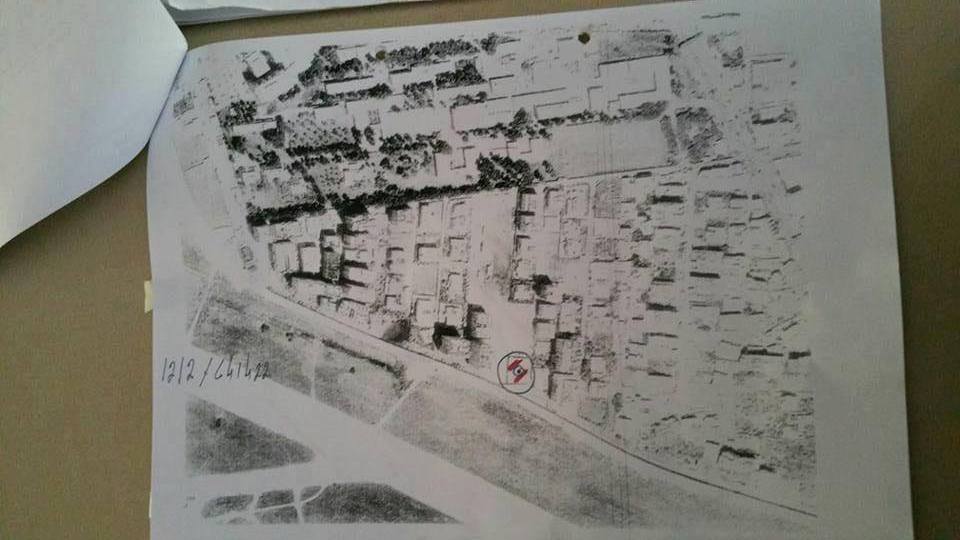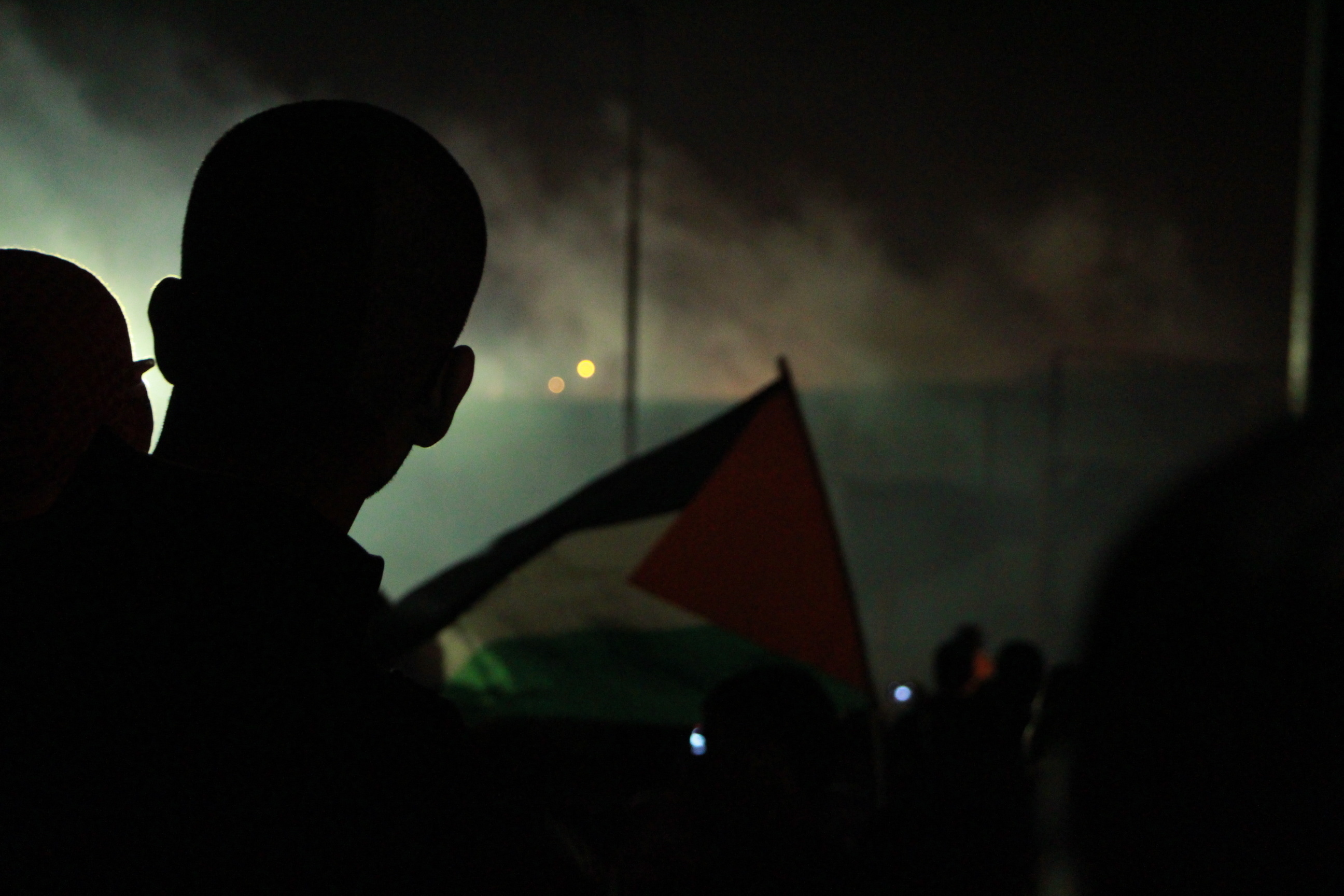Tag: Qalandia Checkpoint
-
Residential buildings in Qalandia facing demolition
6th July 2017 | International Solidarity Movement, Ramallah Team | Qalandia, occupied Palestine Four buildings are at risk of being demolished by Israeli authorities close to Qalandia checkpoint, occupied West Bank. One of these buildings is still under construction, and the other three are undergoing major renovations, yet most of the apartments have already been…
-
ISM activist shot in the head with rubber-coated steel bullet
2nd November 2014 | International Solidarity Movement | Ramallah, Occupied Palestine Today during a protest at Qalandia checkpoint, an Italian ISM volunteer was shot in the head with a rubber-coated steel bullet. The injury is just two centimetres above her left eye. Giulia, the ISMer, stated, “I was just standing on the side of a street, and…
-
Walking to Qalandia
25th July 2014 | International Solidarity Movement | Qalandia, Occupied Palestine We began walking in a crowd, full of men, women, and children. I couldn’t began to estimate how many people were gathered, at least 10,000. The mood was cheerful, people were singing, clapping, holding banners, and waving many Palestinian flags. Cars were driving alongside us…



